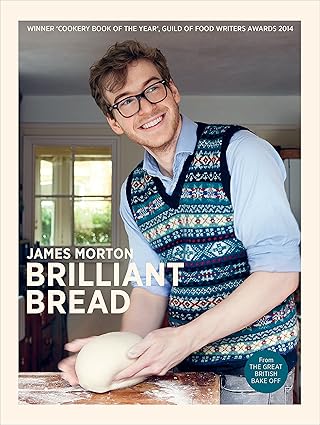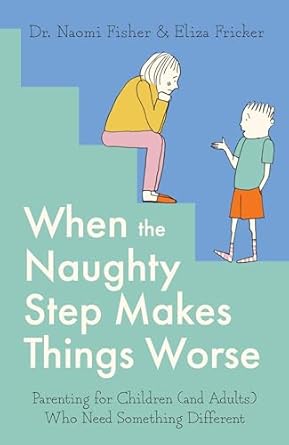This is the first time I’ve reviewed a book on bakery, or any other sort of cooking. My review is of Brilliant Bread by James Morton.
I was recommended this book by a friend, I like it because it explains why you are doing what you are doing from the point of view of a scientist (Morton trained as a doctor). So, for example, I always assumed that to get a good crust you needed to bake absolutely as hot as you could but in fact to get a good crust you bake slightly cooler for longer which allows for a thicker, crunchier crust to form. I also learnt to wet my fingers before coaxing dough in a bowl, and not to over-flour my kneading surface.
Morton is explicit that he is writing as an enthusiastic amateur rather than a professional. He argues professionals are likely adapting recipes “down” to work in a domestic kitchen. Morton is a runner-up for the Great British Bake Off, so he is somewhat more than an amateur. His writing is relaxed, and readable. In places his extreme youth shines through which I found endearing.
The book is comprised of 11 chapters, three of which are on techniques (kneading/proving and sourdough starters) and basic materials and equipment. Breadmaking requires remarkably little in the way of equipment, this is where Morton’s recent life as a baking student comes into play. He recommends scavenging in skips for baking stones (only suggesting it is best not to use asbestos!). I did a little better than this, scavenging a limestone floor tile as a baking stone from my own garage. A dough scraper is the only essential he mentions; these cost little more than pennies but are definitely worth having. I made much less mess once I started working with a dough scraper. It turns out I had a suitable sharp blade to cut my dough before baking. I am hankering for a cast-iron Dutch oven though. He is similarly relaxed on ingredients, recommending in most cases that you get the cheapest available.
Morton is a big fan of bread making being being quick and easy to fit in around life (principally by pausing things by putting dough in the fridge) and by using no-knead techniques where kneading to develop the gluten network is replaced with just waiting. I quite enjoy kneading, and it seems to work rather better than waiting. I feel delaying proving in the fridge needs a bit of practice, I suspect I need to allow the dough to warm up fully when it comes out of the fridge.
Sourdough has a technique chapter of its own, and rather dominates the second half of the book. Sourdough is bread that is risen using a homemade yeast concoction (a starter). I must admit to being slightly wary of this. It has the air of Tamagotchi for middle-class people who will bang on endlessly about their starter. I think this came out of the early COVID pandemic period where bread flour and yeast were in short supply. My views are probably coloured by a possible intolerance to sourdough (or rather histamines) as a result of long COVID. Anyway, I will probably keep a sourdough starter as a pet for at least a little bit.
The remaining eight chapters are sets of related recipes: basic breads, breads to impress, breads with bits, advanced yeasted breads, sour, doughs to enrich your life, laminated doughs and nearly breads. The “breads to impress” tend to be those of a different form such as fougasse, bagels, pizza, and naan which have some variations in their process from basic breads. Also included in this chapter is “revival bread” which includes left over bits of bread, I’m not entirely sure why you would do this! Advanced yeasted breads are the trickier ones which use wetter, harder to handle doughs and add sourdough starter as a flavour rather than a raising agent. The “nearly breads” range from tortilla and bannock (similar to Irish soda bread) to outright cake (muffins and banana bread).
At the moment I am working my way through the recipes in the book from the start (I’m making a wholemeal loaf as I write). I feel Brilliant Bread has given me the tools to see where I’ve gone wrong and to improve. On my second attempt at the basic white bread recipe I won the accolade of “Best home-made bread I’ve ever tasted” from my wife, so I’d say I’m happy to recommend this book!






